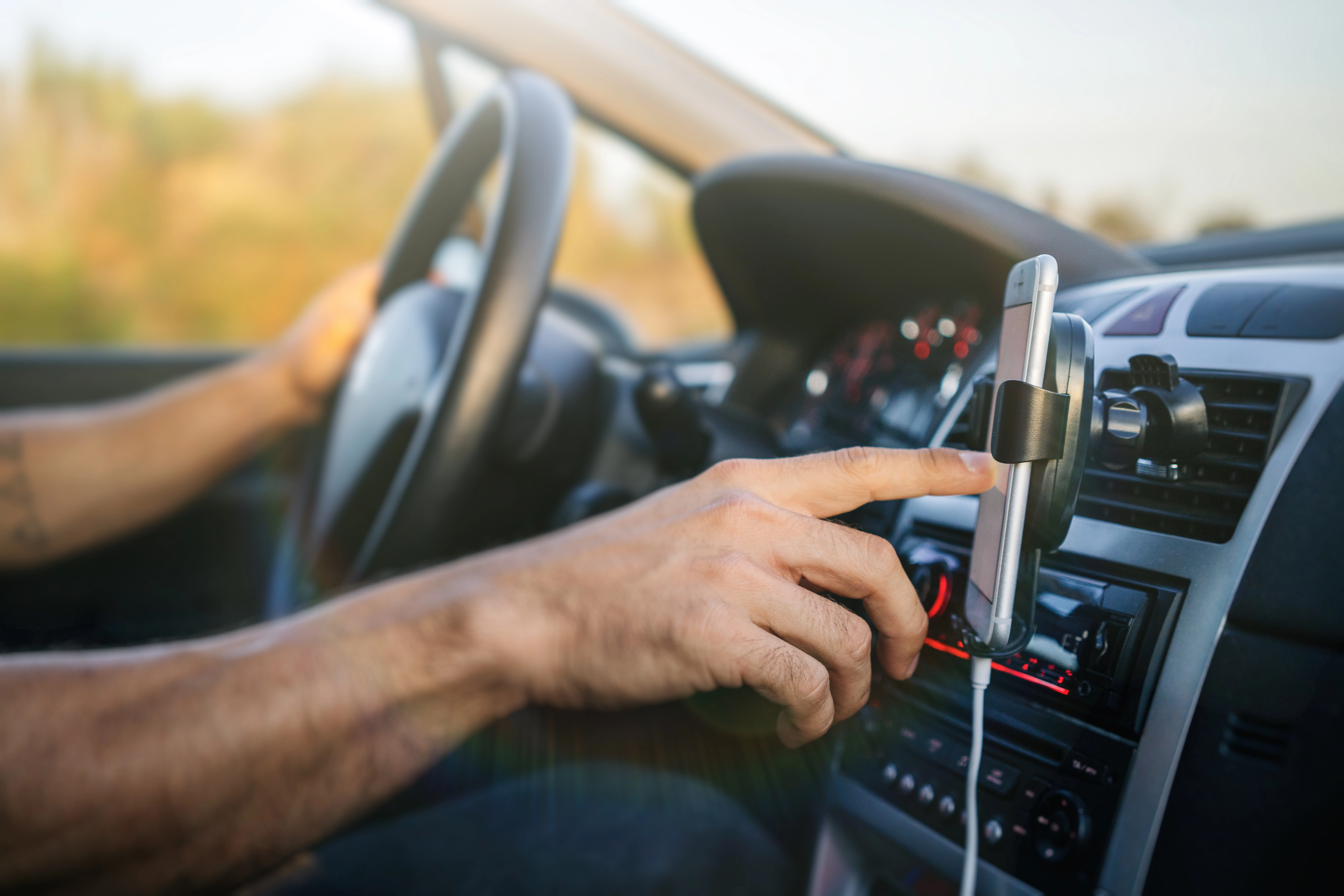What To Do After Buying a Car
Bought a new car? Here are some helpful tips for easing the transition.
September 20, 2019
|
Auto

Steps to Take After You Buy A Car
Have you recently purchased a car? If so, follow these simple steps to make sure you can hit the road with no worries.
Bought a new car? Here are some helpful tips for easing the transition:
- Get it licensed and registered. Your car will need license plates. If you traded in a vehicle, transfer the license plates from the vehicle you no longer own to the new vehicle. Otherwise, apply for new plates. Also, get the new car registered and titled with your state’s DMV. Bring along proof that you are the owner and purchased the vehicle. If you buy a vehicle through a dealership, these items may be part of the financing process and paperwork.
- Get it insured. Notify your insurance agent about your new car. Be ready to provide the vehicle’s year, make, model, and VIN, as well as any financing company information. Ask your agent about additional coverages or discounts that may be available. Obtain auto ID cards or a declarations page as proof of insurance. If your new car replaces an old one, remove the old car from your insurance policy.
- File the paperwork. Find a place to securely store your new car’s proof of purchase, warranty, and title. Registration information and ID cards should be kept in the car’s glove box, but the title should not. You may be able to access your car insurance policy information online.
- Review the owner’s manual. Note general maintenance items, such as recommended tire pressure, fluids, and oil changes. Familiarize yourself with new controls or features so you are not trying to find the temperature controls or windshield wipers while you are driving.
Whether your new car gets you where you need to be or takes you on new adventures, it should be an enjoyable ride. Follow these tips to help protect your safety and investment. Go to acuity.com/blog for more tips and tricks.
An insurance company that cares about you and insuring the things you wish to be insured.
Get a Quote> Find an Agent>

